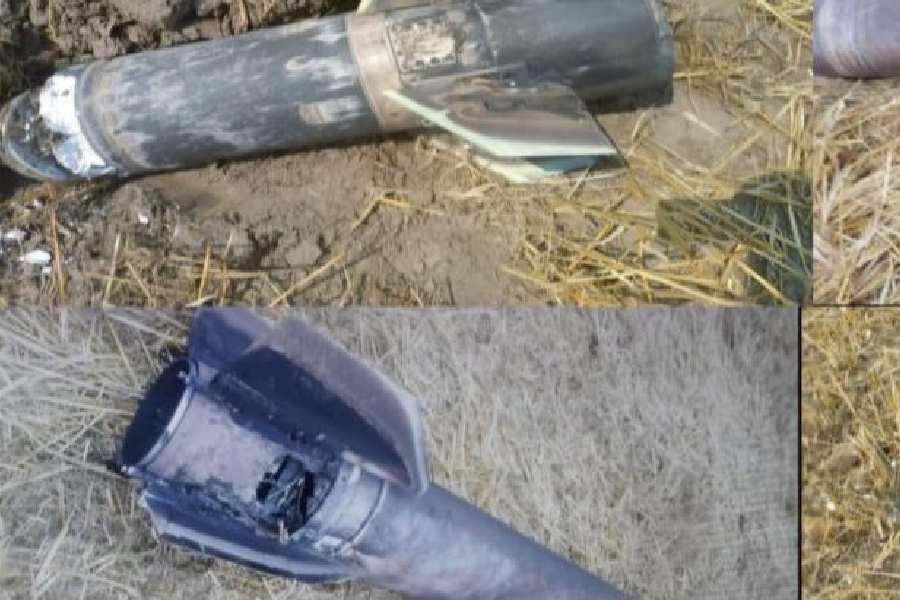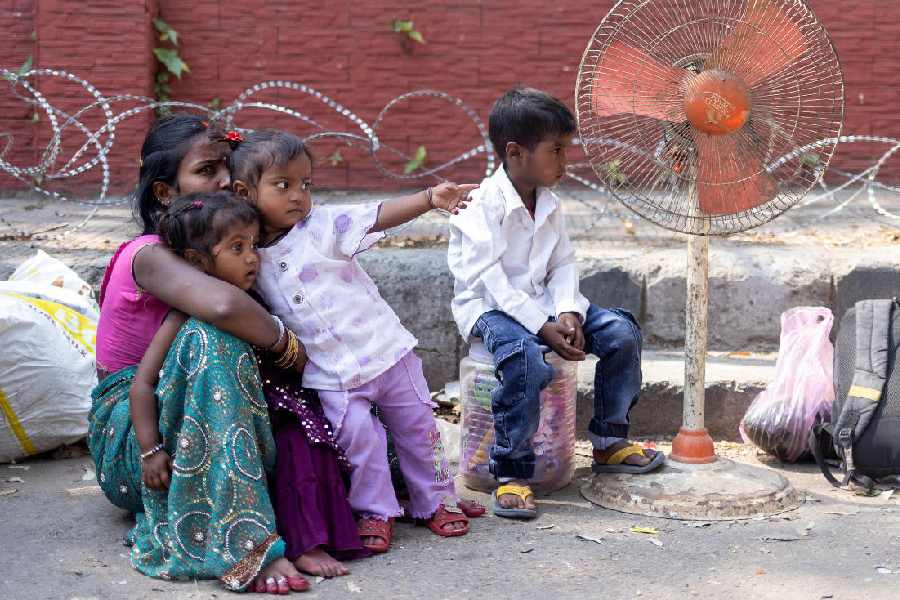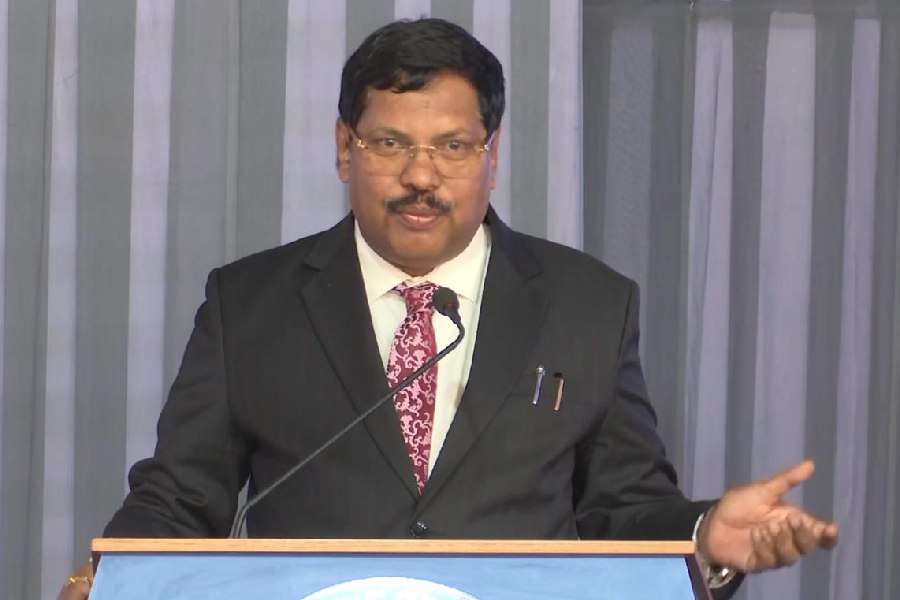
The state is reconsidering its decision about demolishing the Patna collectorate after getting a letter from the Netherlands embassy on the issue.
The directorate of archaeology, which runs under the art, culture and youth affairs department, convened a meeting on May 3 with experts to discuss the matter in which experts stressed on the need of taking steps for the conservation of the collectorate. A final decision regarding this matter, however, is yet to be taken.
According to experts, some of the buildings of the collectorate are remnants of Dutch and British architecture. The almost 200-year-old Patna Collectorate was used during the shooting of the Oscar-winning 1982 film Gandhi. While the old records room was shown as the Motihari jail, part of the district magistrate office was used in the courtroom scene.
An official, who took part in the meeting, confirmed: "The meeting was convened to discuss the antiquity of the Patna collectorate buildings. The experts reached the conclusion that those date back to the late-17th century to the early-18th century. While the building that houses the records room is a Dutch structure, the other buildings are colonial (British). The conclusion of the meeting was submitted in the form of a report to chief secretary Anjani Kumar Singh on May 5. In the report, we have asked for the preservation of the collectorate buildings because they are all heritage structures. Roofs of the various collectorate buildings have recently caved in and are in need of urgent renovation."
The official said the report mentions what makes Patna collectorate buildings unique heritage structures. "The building which houses the records room has typical Dutch architecture with strong pillars and arches reflect the Dutch ventilation process. The Dutch portion of the collectorate buildings seem to be built before the 1757 Battle of Plassey, when Dutch were in a good position over here," added the official.
Sources said the Gaya and Saran collectorates are also heritage structures, both built by the East India Company.
Prabuddha Biswas, the author of Monograph: The Making of the First Cantonment of the Indian Subcontinent in Patna, said the state capital had many signature structures of the Dutch period.
"The Patna collectorate's Dutch building happens to the largest edifice of Dutch architecture in Bihar. The state capital has many buildings of Dutch architecture such as the White Pillar House in Danapur, which is used as a guesthouse by Bata. The state may have many more Dutch signature buildings, which need to be identified and preserved."









